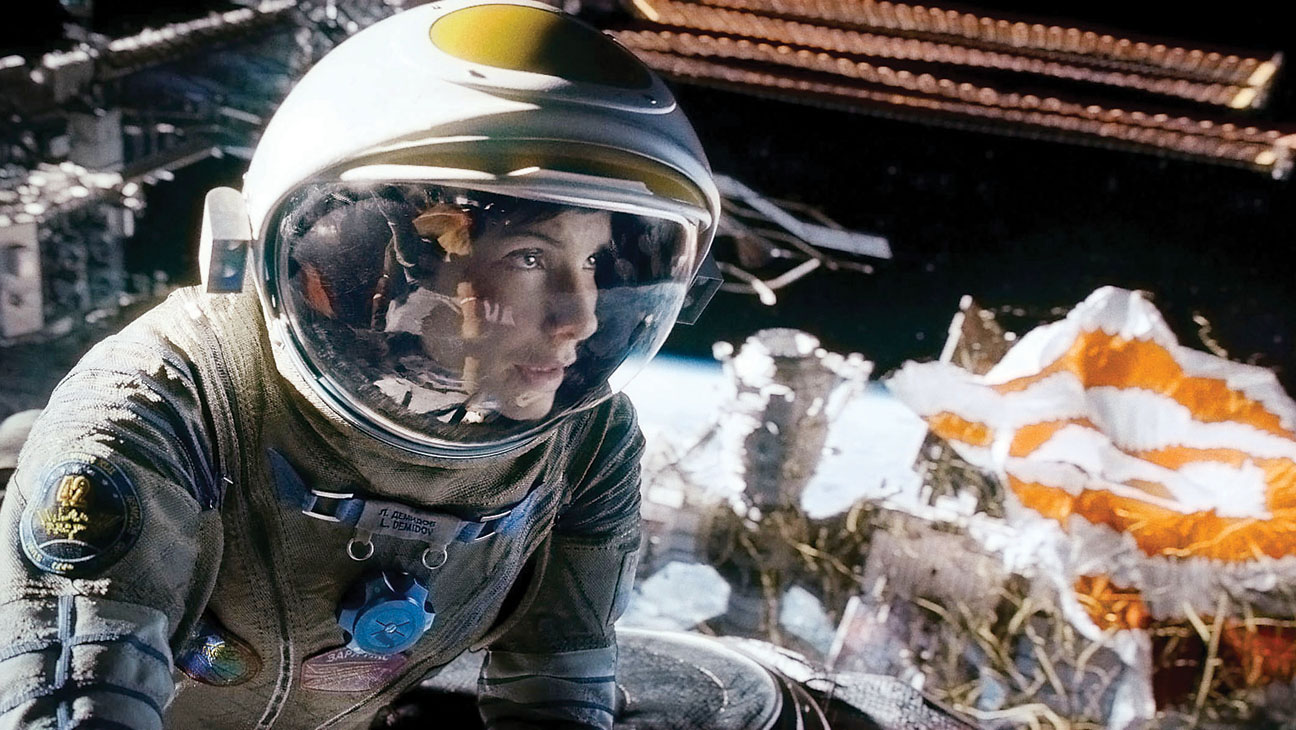
Hollywood has never been particularly concerned with accuracy. From history to geography to science, the American film industry has on numerous occasions turned a blind eye to details which might get in the way of a thrilling and engaging story.
On occasion, these details might not matter so much, as we all enjoy a good story thats told well and made in an interesting and entertaining fashion. But every so often some filmmakers take liberties with their work that are so outrageous and unbelievable that they simply cannot be ignored.
The following films (and one entry that doesn’t deserve that hallowed title), despite their being good or bad, entertaining or otherwise, all feature one or more egregious offense to the honorable discipline that is science. Here are your top 10 Films with the Most Implausible Science.
1. Total Recall (Paul Verhoeven, 1990)
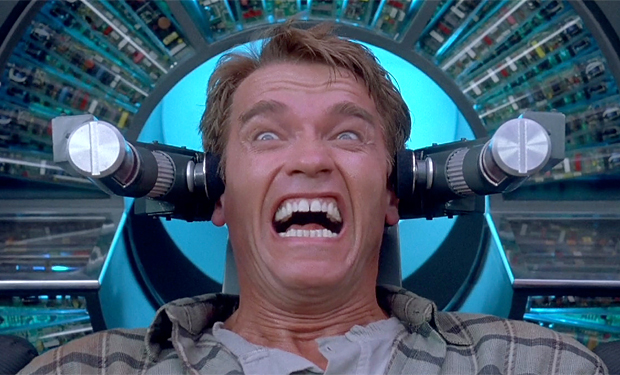
Paul Verhoeven has always been one of the most subversive and creative directors working in Hollywood, and his 1990 adaptation of Philip K. Dick’s short story is no exception.
Featuring Arnold Schwarzeneggar, Sharon Stone, and the technologically obtuse Johnny Cab, this Martian adventure was one of the most expensive films of all time when it was released and was highly acclaimed for its visuals, action, and themes. To say nothing of the ability to implant someone else’s memories within your brain, the film is not without its inaccuracies.
For starters, the film completely ignores the gravitational differences between Earth and Mars. Despite the Red Planet has a gravitational pull only one-third that of ours, characters walk around as if they are still bound by the limitations of our terrestrial home. In real life, even a guy as huge as Schwarzeneggar would be able to move much quicker than depicted.
Additionally, the climactic scene features three characters being ejected into the vacuum of the Martian atmosphere, two of which miraculously survive. While asphyxiation is certainly likely in this event, having a character’s head explode like the White House in Independence Day is not one of the symptoms.
2. Jurassic Park (Steven Spielberg, 1993)
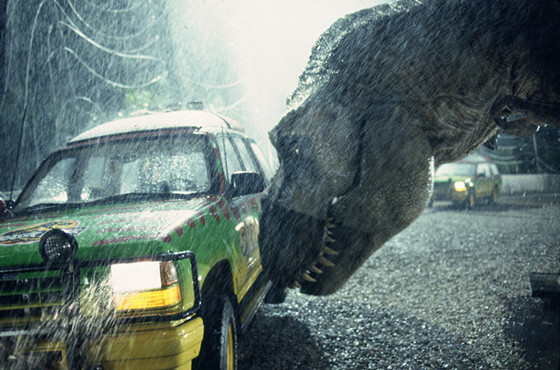
Steven Spielberg’s Jurassic Park was, and remains, a landmark of blockbuster cinema. For the first time since the advent of filmmaking, computer generated imagery allowed filmmakers to bring creatures and images that were once impossible to vivid life.
In 1993, dinosaurs roamed the earth once more. But how accurate is the science in the film? While the movie is no doubt a technological marvel, Spielberg and author Michael Crichton (the real culprit) took considerable liberties with the methods and practices of the scientists in the film.
While DNA replication and cloning is certainly within the grasp of science (Dolly the Sheep was cloned a mere 4 years after the release of the film), resurrecting dinosaurs that have been dead for millions of years is out of the range of possibility.
For one, even if the dinosaur DNA was preserved inside a mosquito that was encased in amber, the DNA would have broken down and fused with that of the mosquito and whatever other creatures it had recently taken blood from. And even if it WAS possible to extract the DNA under those circumstances, combining it with the DNA of a living creature such as a frog or a bird is not as simple as the film would have you believe.
Though the genes might indeed fuse together, there’s no way of knowing what kind of creature would result from this biological monstrosity, although it probably wouldn’t look like a T. Rex.
3. Armageddon (Michael Bay, 1998)
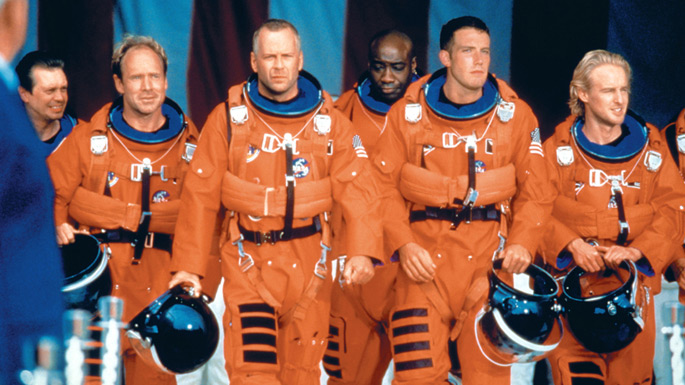
So much has been written about Michael Bay and his predilections for juvenile and cacophonous filmmaking that you could make entire list of terrible science based on his filmography alone. For the sake of cinematic diversity, the notorious director has only one entry on this list: 1998’s blockbuster hit Armageddon.
Following a meteor shower that destroys the Space Shuttle Atlantis and bombards the eastern seaboard of the United States, scientists discover a giant asteroid roughly the size of Texas making a beeline for Earth with only 18 days to stop it.
As scientists always do, they immediately seek out a crew of oil drillers, train them to become astronauts, and launch them into space in order to plant a nuclear device on the asteroid in question and blow it up before it can wipe out all life on the planet.
First off, why NASA doesn’t simply train astronauts to drill into the asteroid instead of taking highly unqualified oil drillers and slapping spacesuits on them raises some questions, as it would be far easier to do one than the other (at least within the reality of the film).
Secondly, while blowing up a gargantuan asteroid might seem like a good idea to some, detonating a nuclear device within a celestial object of that size would, at best, merely create a very large explosion with little to no effect on the object in question.
Couple this with the fact that the entire plot of the film takes place within 18 days, and you have a perfectly ludicrous scenario with absolutely no scientific basis in the real world. At least we got a great Aerosmith song out of it.
4. The Core (Jon Amiel, 2003)
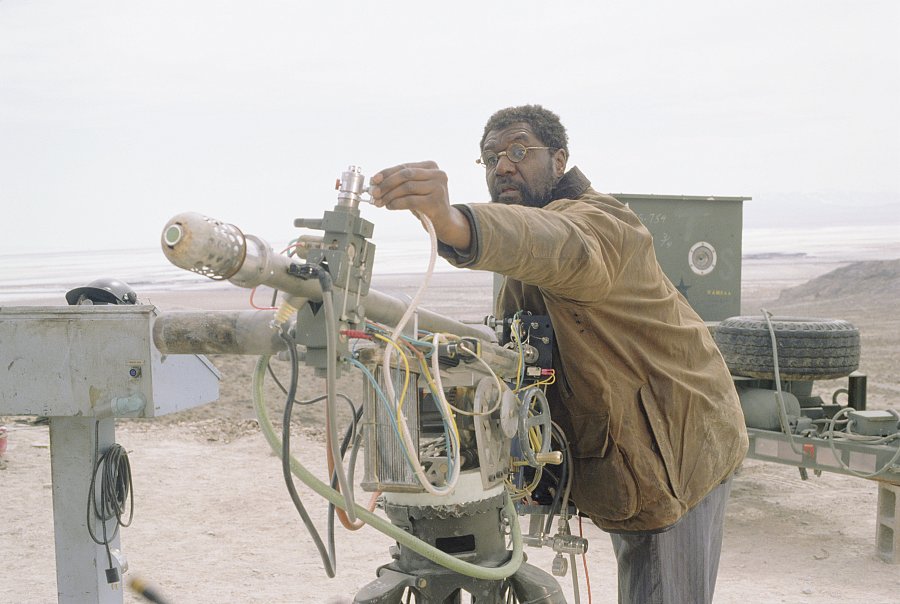
It’s been said that we as human beings know more about what lies out in the vacuum of space than we do about the rock beneath our very feet. Clearly, the filmmakers responsible for The Core should not be considered part of that group.
The film opens with the Earth’s molten core ceasing its rotation, which will result in the planet’s magnetic fields collapsing and – by extension – all life on the surface being subjected to the fury of the sun’s radiation.
In order to prevent this catastrophe, a group of scientists journey to the center of the Earth in order to jumpstart the core with the use of nuclear weapons. Ignoring the fact that the team charters a shuttle made of ”Unobtainium” to travel to the core, the film is implausible because solar radiation – while no doubt harmful – is not powerful enough to threaten the lives of everyone on the planet in any significant way. And even in the event that the Earth’s core DID stop spinning, all of that potential energy would have to find an outlet of some kind.
The most likely scenario is that all of that molten hot magma would shoot up towards the surface with an energy of several trillion atomic weapons going off all at once, completely obliterating life on Earth and rendering the threat of death by solar radiation the least of everyone’s worries.
5. The Day After Tomorrow (Roland Emmerich, 2004)

Anyone with a functioning brain has, at the very least, heard of global warming and the dangers it presents to the future of humankind. However, as Roland Emmerich’s preposterous The Day After Tomorrow proved, even global warming can be exaggerated to the point where it no longer seems frightening, but merely ridiculous.
The premise: the North Atlantic Ocean circulation has shut down, and the world has been plunged into a new ice age marked by disastrous weather events and Dennis Quaid trying to make sense of it all. To say nothing of the artistic merits of the film, the science presented in it is ludicrous at best. While fears of a new ice age aren’t without reason, the idea of tidal waves surging through Manhattan and freezing over are beyond the realm of the possible.
Also, the drastic temperature change of the world’s oceans attributed to the melting of the polar ice caps is laughable. While the polar ice caps are no doubt shrinking, it would take several years of constant sunlight for the unbelievable temperature shifts depicted in the film to occur.
And to top it all off, the fact that all of these insane meteorological events happen overnight and all at once is more laughable than frightening – no doubt the opposite of what the filmmakers hoped to achieve.